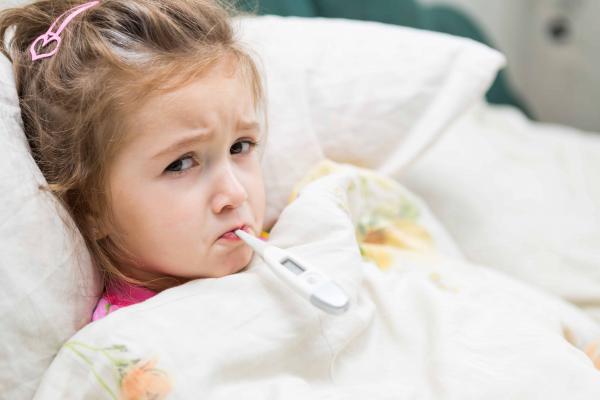
Watching for the first dip in temperature could protect your family from the annual influx of illness. Here's what you need to know:
Here are the facts
Seasonal flu breaks out after the winter's first cold spell. At least, that's what happened in Sweden. Four years of research published in the Journal of Clinical Virology in Gothenburg, Sweden has tracked weather patterns and the prevalence of the flu virus.
Although the cold weather and flu correlation is not completely understood and may vary with location, what they found was an interesting countdown to flu outbreaks according to the drop in cold weather.
Researchers collected nasal swabs from over 20,000 people seeking medical attention around Gothenburg after temperatures dipped below 37 F. They were analyzed for influenza A and other viral respiratory tract infections. The researchers compared medical results with weather data.
The consistent finding concluded that the first cold period with low temps and low humidity was always followed by a mass influenza outbreak.
How it spreads
Just like a common cold, the flu virus and respiratory viruses are spread through human interaction. When someone coughs or sneezes, the surrounding air is so dry from the cold that it won't absorb moisture. The virus particles then remain airborne for a longer period of time, waiting to inflict their next victims.
A researcher at Sahlgrenska Academy and infectious diseases specialist at Sahlgrenska University Hospital said the contagious factor is what turns the flu into the epidemic.
"We believe that this sudden drop in temperature contributes to "kickstart" the epidemic. Once the epidemic has started, it continues even if temperatures rise," said Sundell. "Once people are sick and contagious, many more may become infected."
Protect your family
Pregnant women, young children and people over 65 are at the highest risk to develop virus related complications according to the United States Centers for Disease Control and Prevention (CDC).
The Sweden study showed the weather correlation with Influenza A (the most severe and commonly spread flu) and a number of other common viruses that cause respiratory viruses. Those could lead to respiratory syncytial virus infections (RSV).
RSV causes an infection of the lungs and respiratory tract. RSV symptoms show as common cold symptoms and usually disappear after one to two weeks. However, RSV in young infants, especially premature babies, can develop into a severe - even life-threatening - infection that requires hospitalization.
How parents can prevent it
The best way to prevent catching these flu viruses and respiratory infections is to receive the seasonal flu vaccine every year. Vaccines change from year to year to kill the new flus for that year. That's why it is so important to get them yearly and earlier in the season during the fall and early winter. Most prescription insurance covers flu shots at the pharmacy level.
Other prevention includes covering your mouth with a tissue or in the crook of your elbow when you cough or sneeze. Wash your hands frequently and keep hand sanitizer close by.
It is always better to prepare earlier, but it's not too late to start preventing now. Wash those hands, get vaccinated early in the season and stay healthy.

